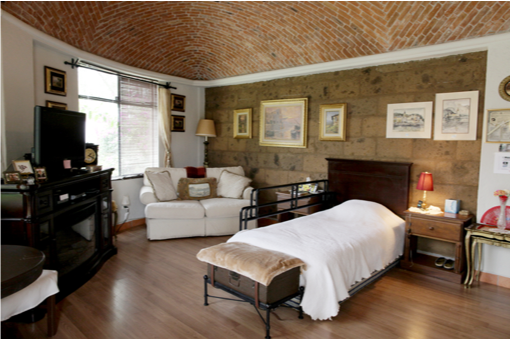
This guide is designed to illuminate the path for those considering senior living options, ranging from complete independence to the compassionate support of hospice care. It aims to prepare you for the journey of selecting a continuous care retirement community or a specialized care facility for your loved ones, with the unique backdrop of Mexico. Whether you’re researching for yourself, your partner, or as a caregiver, this guide can be viewed through the lens of caregiving, offering a nuanced understanding of the process.
Our goal is to address and alleviate the concerns and misconceptions that may deter you from exploring the exceptional value and superior care available in Mexico. This guide is penned from the personal viewpoint of an author who is not only a caregiver but also has a spouse in memory care, providing a narrative rich in firsthand experience. While striving for objectivity and factual accuracy, it’s important to recognize that some content may reflect the author’s personal journey and insights. This firsthand perspective is invaluable, however, as it brings empathy and understanding to the challenges you may be facing.
The structure of this guide is deliberately straightforward, guiding you through the initial considerations and steps necessary for making informed decisions. If you’re open to exploring a retirement living option that offers warmth, beauty, and loving care, combined with remarkable flexibility and affordability, the forthcoming articles will be of great interest. Join us as we delve into the advantages of senior living in Mexico, a choice that promises not just a change of scenery, but a transformative experience in care and community.
Table of Contents
By the way: The term ‘expatriate’ is meant to identify one that is living away from their homeland, as opposed to ‘ex-patriot’ which more commonly identifies an individual that has distanced him or herself emotionally as well as physically.








